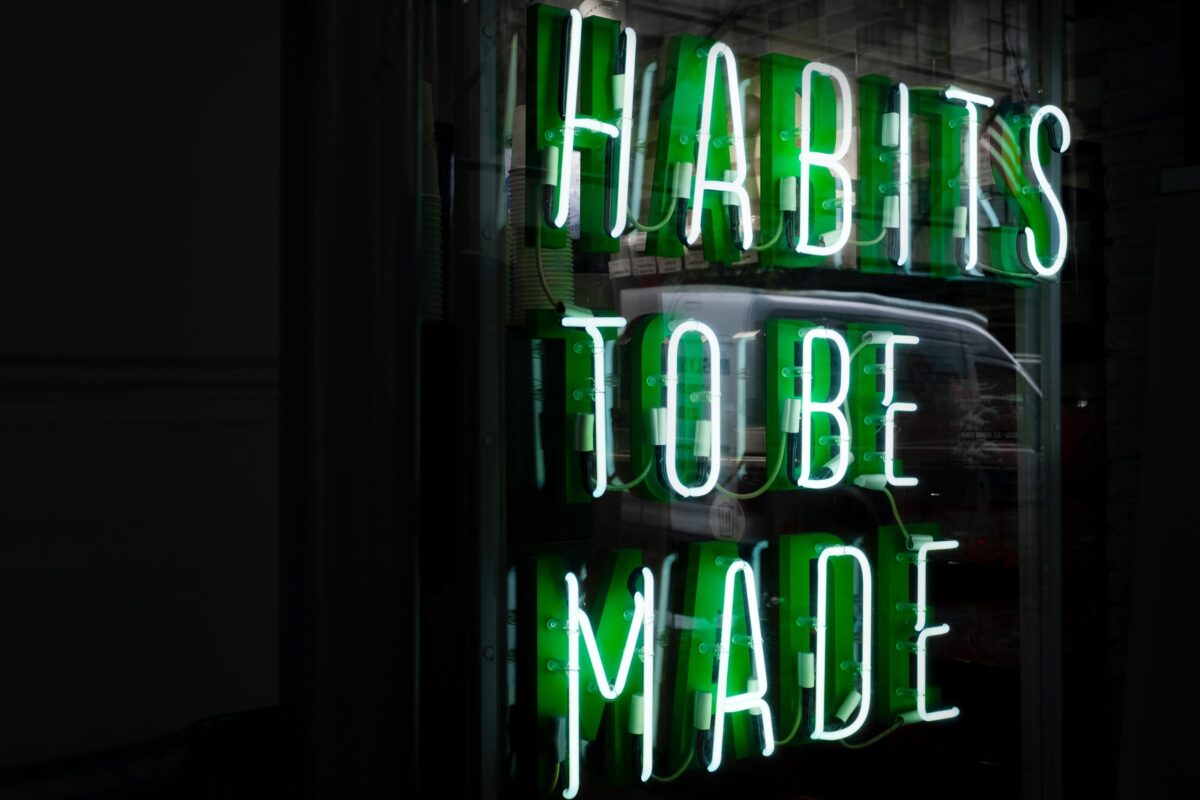
Diana Prince: I used to want to save the world, this beautiful place. But the closer you get, the more you see the great darkness within. I learned this the hard way, a long, long time ago.
Some things never change. At a time where the world is dealing with so much violence and senseless killing, a movie about a super hero reminds us all of what matters. In this case, a female hero who stands in her truth, her courage and conviction – Wonder Woman. Gal Gadot who was a combat instructor in the Israeli Defense Force, (IDF), is a perfect fit to play the role of Diana, the Amazonian Princess.
From her very first words in the opening scene, she drew me in. Perhaps it was my own service the IDF had given me a personal connection to Israeli actress and to the ideas she shared in her character.
At 5’10” she stood out in the crowd, her stature and her presence she embodied physical power and strength of the Iconic DC Comic character, Wonder woman. Yet, that wasn’t the only way she captured the hearts of the people around her. She managed to embody the essence of Diana’s character, captivating and inviting to all those around her.
As a natural born leader she stepped into her role and left all she knew to fight for justice. She is fueled by her courage and driven by a passion that is visible in her Seven Super Powers.
Her Powers serve as fundamental lessons for all leaders
Wonder Woman’s Seven Powers of Leadership
The Power of Self Awareness – Diana knew who she is, knew her purpose and stated it with absolute certainty.
Diana Prince: I am Diana of Themyscira, daughter of Hippolyta, Queen of the Amazons. In the name of all that is good, your wrath upon this world is over.
The Power of Purpose – Diana followed her destiny, embracing the role she was meant to fill.
Diana Prince: It is our sacred duty to defend the world and it is what I am going to do.
The Power of Conviction – Diana Stood up for what she believed was right and was willing to risk everything for her cause.
Queen Hippolyta: If you choose to leave, you may never return.
Diana Prince: Who will I be if I stay?
The Power of Justice – Diana could not stand by idly to watch the injustice and pain that was inflicted on innocent people during the war.
Diana Prince: I cannot stand by while innocent lives are lost!
The Power of Love – Diana lived from a place of love and compassion for people and looked for the best in all humans
Diana Prince: It’s about what you believe. And I believe in love. Only love will truly save the world.
The Power of Humor – Diana is pure and innocent with a refreshing honesty which makes her authentic and brings levity into situations making her likable, mostly seen in her interaction with Steve Trevor.
“Diana Prince: What is that?
Steve Trevor: That is a watch.
Diana Prince: What does it do?
Steve Trevor: It tells the time. It tells you when to sleep, to eat…
Diana Prince: That tiny thing tells you what to do?”
Are you ready to step up to the plate? Perhaps, ask yourself the following:
Who are you? What do you stand for? What do you believe? Do you know your purpose? What would you be willing to risk to follow your cause?
Whether fictional or real, powerful leaders are self-aware. They follow their purpose with conviction, standing up for others, protecting the weak and fighting for justice. Their ability to come from love and be playful shows their authenticity and allows people to connect to them.
Like Wonder Woman, great leaders share great wisdom. When mixed with wit and humor will send a message of hope that stands the signs of times.











